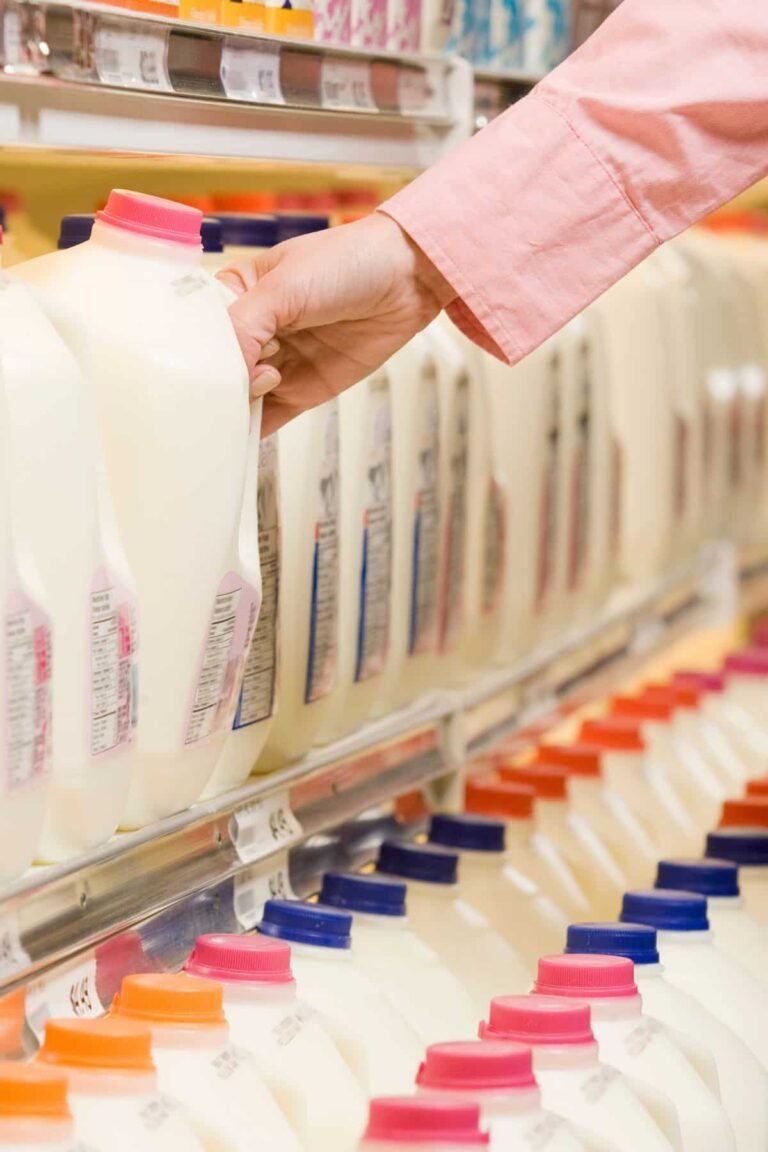Dairy-Free Breastfeeding Diet (Tips & Recipes)
Are you considering going dairy-free while breastfeeding to address your baby’s symptoms? It’s a decision that many mothers face, but before you make any dietary changes, it’s important to understand the reasons behind it and how to do it safely. Here’s everything you need to know in simple terms.
Why Go Dairy-Free While Breastfeeding?
The most common reason mothers consider eliminating dairy from their diet is when their baby shows signs of sensitivity to cow’s milk protein. This sensitivity can manifest in various symptoms such as fussiness, wheezing, skin problems, vomiting, and diarrhea.
Contrary to popular belief, lactose intolerance is rarely the cause, as breast milk naturally contains lactose. Instead, it’s the proteins in cow’s milk that are usually the culprits for sensitivity reactions in babies.
Should You Go Dairy-Free Without Medical Advice?
While some moms may decide to try a dairy-free diet on their own to see if it helps their baby, it’s crucial to consult with a healthcare provider first. Eliminating dairy without supervision can lead to nutritional deficiencies, which is especially risky when breastfeeding.
Research indicates that only a small number of breastfed babies actually have an allergy or sensitivity to cow’s milk protein. It’s essential to differentiate between true allergies/sensitivities and other causes of fussiness or discomfort in babies.
What Foods to Avoid on a Dairy-Free Diet?
If you decide to go dairy-free, you’ll need to eliminate all milk and dairy products from your diet. This includes milk, cream, yogurt, cheese, butter, and certain spreads. Be vigilant about checking food labels, as milk can hide in many processed foods and baked goods.
Avoiding milk from other animals like sheep, buffalo, and goat is also recommended, as their proteins are similar to cow’s milk protein and may still trigger a reaction in sensitive babies.
What Are Dairy-Free Alternatives?
Replacing dairy in your diet is essential to ensure you and your baby are getting enough nutrients. Good alternatives include meat, nuts, beans, and tofu (if your doctor approves). Look for dairy-free milk alternatives like oat milk, almond milk, and coconut milk, which are often enriched with calcium.
Dairy-free spreads can substitute for butter or margarine, just be sure to check the labels for any dairy ingredients. Additionally, explore commercially prepared dairy-free products like yogurts, ice creams, and cheeses, as well as vegan options available in supermarkets.
Conclusion:
Going dairy-free while breastfeeding can be a beneficial option for some mothers with babies sensitive to cow’s milk protein. However, it’s essential to consult with a healthcare provider before making any dietary changes to ensure the safety and nutritional adequacy for both you and your baby.
FAQ:
1.Can I eat eggs on a dairy-free diet?
Yes, eggs are not dairy products and are safe to eat on a dairy-free diet.
2.What are some dairy-free milk alternatives?
Dairy-free milk alternatives include oat milk, almond milk, and coconut milk, among others.
3.Are there commercially prepared dairy-free products available?
Yes, many food manufacturers offer dairy-free yogurts, ice creams, cheeses, and other products to cater to specific dietary requirements. Additionally, vegan options are widely available in supermarkets






